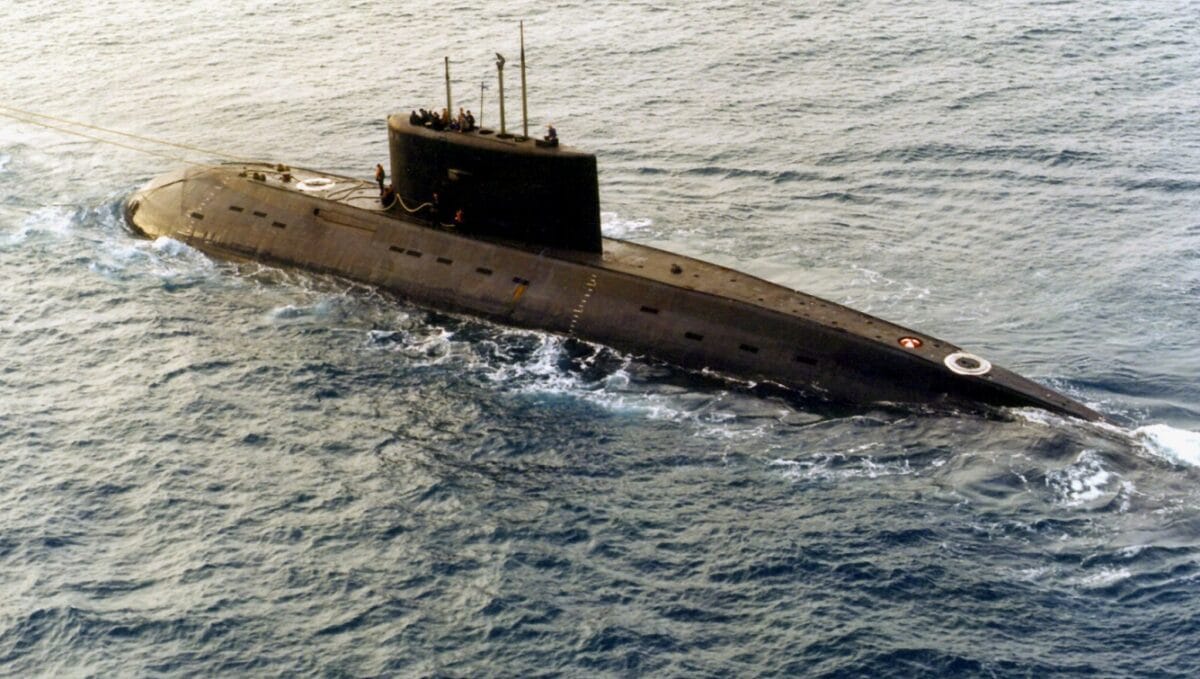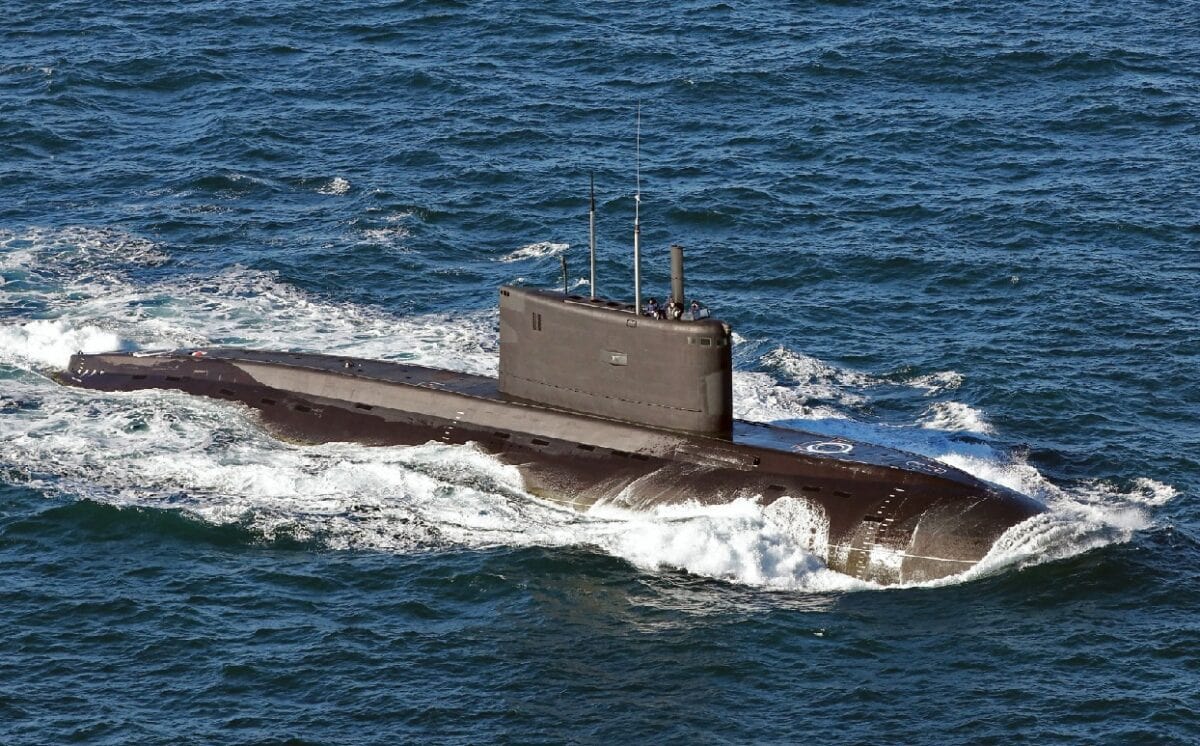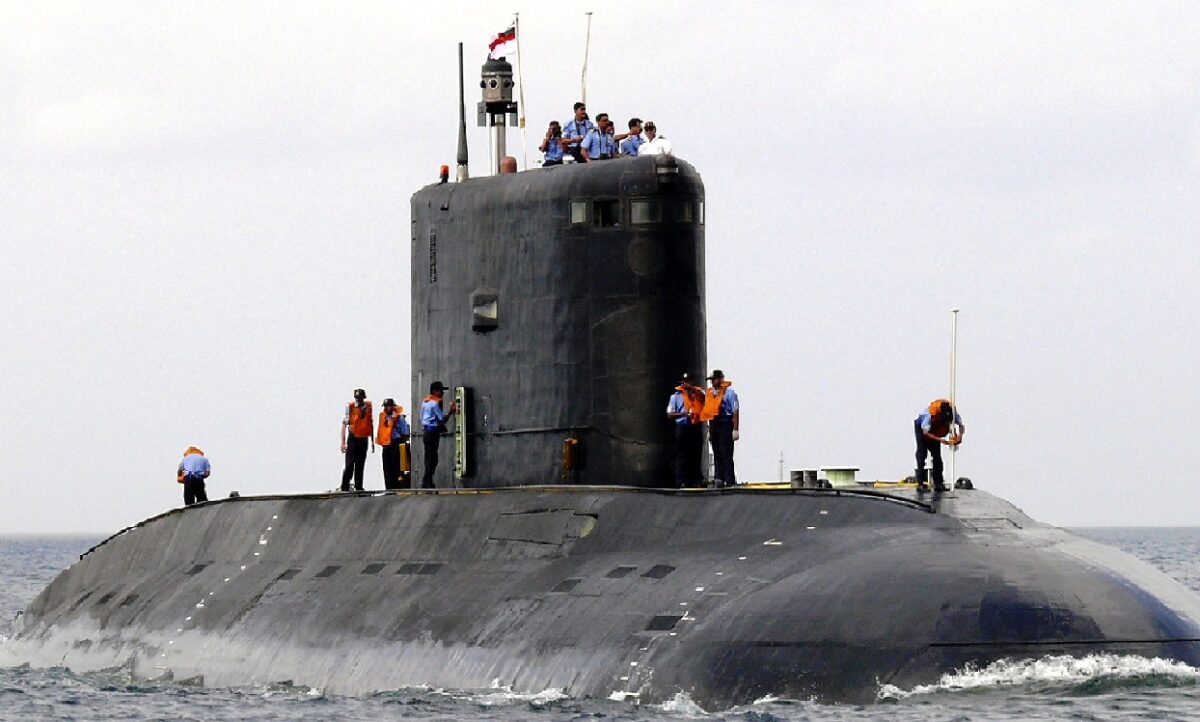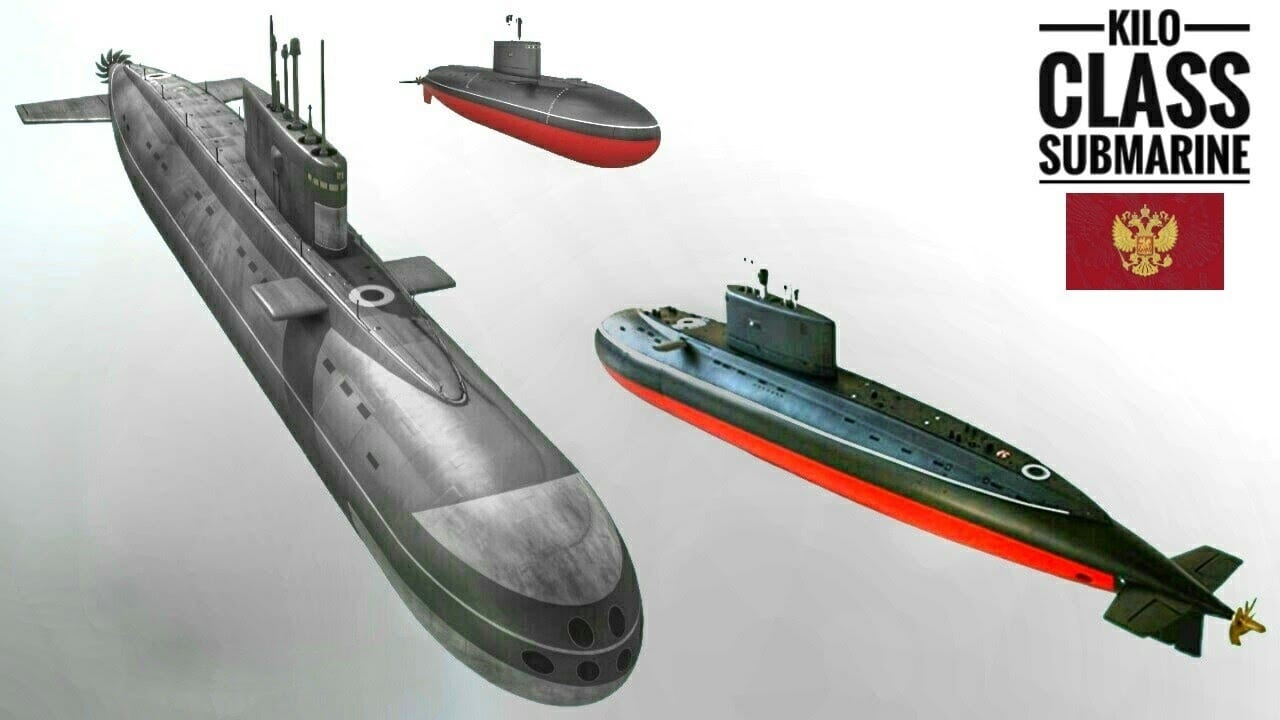Russia’s quiet and improved Kilo-class submarines are patrolling the Black Sea, carrying deadly Kalibr cruise missiles that they have used to destroy targets in Ukraine. These subs are conventionally powered. But despite lacking nuclear propulsion, they can sneak around the coast of Ukraine and create mischief without being detected. The Rostov-na-Donu is the most recent submarine of this class to enter the Black Sea. It arrived in the area earlier this year from the Dardanelles, bringing the total of improved Kilo-class boats in the theater of operations to four.
A curious silence
The Russian Navy ordered six of the improved Kilo-class subs (Project 636.3) , which are built at St. Petersburg’s Admiralty Shipyard.
In October 2021, the Magadan became the latest submarine in this class to enter Russian service. Project 636.3 subs are built on the original Kilo-class from the early 1980s. The newer subs are believed to be some of the quietest in the world. So difficult are they to detect that they have earned the nickname “Black Hole.”
That silent quality is a curiosity. The improved Kilo-class still relies on non-nuclear, diesel-electric propulsion. Compare that to the U.S. Navy: America’s last diesel-electric boat retired more than 30 years ago. But a number of features help the improved Kilo-class run silent. The engine plant is placed away from the hull, which eliminates some noise. The vessel also has a rubber-like coating to reduce sound.
Built to attack
The Project 636.3 boats are 243 feet long and displace 3,900 tons. They have a small crew of 52 sailors. The subs can cruise at a depth of 787 feet, with a maximum depth of 984 feet, and they have a range of 7,500 miles. A considerable shortcoming is that they can only sail for 45 days before they need to be resupplied.
These are attack submarines. Their purpose is to eliminate enemy subs and destroy surface ships. Their cruise missiles also give them land-attack capabilities. And since they are so quiet, they can also patrol close to shore and collect reconnaissance and intelligence data.
The new Kilo subs are improved in other ways. They have enhanced internal navigation, a modern fire control system, and better torpedoes. The subs can only steam 10 to 20 knots with two diesel engines. Each submarine carries six torpedo tubes with 18 torpedoes. These same tubes can launch the Kalibr.
Popular Sub for Export
The 636.3 subs have been exported to China, Vietnam, and Algeria. This is an interesting mix of clients. China and Vietnam are maritime rivals, with competing claims to islands in the South China Sea. This means the Kilo boats might try to track each other in that area of operations.

A Russian-built, Kilo-class diesel submarine recently purchased by Iran, is towed by a support vessel in this photograph taken in the central Mediterranean Sea during the week of December 23. The submarine and the support ship arrived at Port Said, Egypt, on Tuesday and were expected to begin transiting the Suez Canal today, Jan. 2, 1996. Ships and aircraft from the U.S. NavyÕs Sixth Fleet are tracking the submarine, which has been making the transit on the surface. This is the third Kilo-class submarine the Iranians have purchased from Moscow. DoD photo

Kilo-class Submarine. Image Credit: Creative Commons.

Kilo-class Submarine.
The Kilo has served the Russians well over the years, and exports of the boats have been successful. But they do have weaknesses. They are small, and they do not carry many torpedoes. They are also slow, and they cannot stay out to sea very long compared to nuclear-powered boats. But they are some of the world’s quietest submarines. Expect them to continue to play a land-attack role in the Black Sea, launching Kalibr cruise missiles while submerged. There is nothing Ukraine can do to stop them.
Now serving as 1945’s Defense and National Security Editor, Brent M. Eastwood, PhD, is the author of Humans, Machines, and Data: Future Trends in Warfare. He is an Emerging Threats expert and former U.S. Army Infantry officer. You can follow him on Twitter @BMEastwood.

